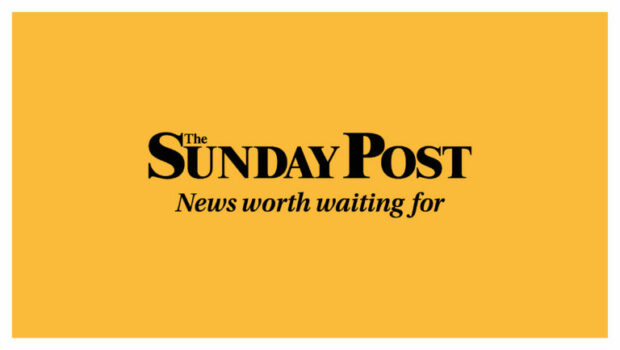
There is no one, not one person, who has endured the last two years unscathed, unaffected by the uncertainty and the stress of life during wartime.
For most of us, thankfully, it has been mostly two lost years of terrible tedium soundtracked by the low hum of worry. We have managed to avoid the sharpest crises inflicted by Covid, the loss of a loved one and the unattended funerals; the anguish of not seeing frail relatives in their care homes or hospital wards.
Many Scots have suffered acutely but we have all worried about work and money, our elderly and vulnerable, our health, of course, and our futures. Of all the Scots soldiering on, however, our youngest deserve most support and attention. Their physical health may not be most at risk from Covid but their lives and futures could become most compromised by its impact.
Their education is the most obvious worry but the lack of socialising, the loss of all that fun, those blue sky days, whether toddlers careering around nursery together or teenagers careering around the weekend, they’ve missed an awful lot. The rest of us have got more time to look back on but how many of us would want to have lost two of those years, our most carefree years?
Well, they should be. Far too many of Scotland’s children lived lives of stress and fear long before the pandemic and will continue to live in the shadowlands of chaos and uncertainty after it has gone.
Never have our social workers been more important and, according to those we speak to today, never have they been so demoralised and crushed by a workload that means, despite knowing what needs done to protect families and save kids from care, it is not, and cannot, be done.
One manager tells us of the pressure to get in and get out, to close the case, tick the box, and then wait for the case to return, by that time, unfixable.
A focused intervention, it is called, but wherever the focus lies it is not on the young lives in the cross-hairs of dysfunction living in homes where parents need expert guidance and support, not a hit-and-run visit from social work, followed apparently inevitably by the loss of their children to a care system which, despite the best intentions, continues to curb and constrain the life chances of young Scots forced to endure it.
Is it any surprise that a third of social workers cry every week because of work and the same proportion say they cannot do the job to the standard they would want? Meanwhile, two thirds expect a huge rise in cases and workload when the pandemic ends as bills rise and finances tighten in homes already stretched to snapping.
As in the NHS, the most deleterious consequence of committed, talented professionals being pushed to breaking point is that they break and their capability to improve and save lives is lost forever.
All sorts of crises bubbling out of sight during the lockdowns and restrictions will erupt into sight in the months ahead.
All will need attention but protecting our young people, particularly the most vulnerable, from becoming so much collateral damage of this pandemic must, surely, be Scotland’s priority.

Enjoy the convenience of having The Sunday Post delivered as a digital ePaper straight to your smartphone, tablet or computer.
Subscribe for only £5.49 a month and enjoy all the benefits of the printed paper as a digital replica.
Subscribe